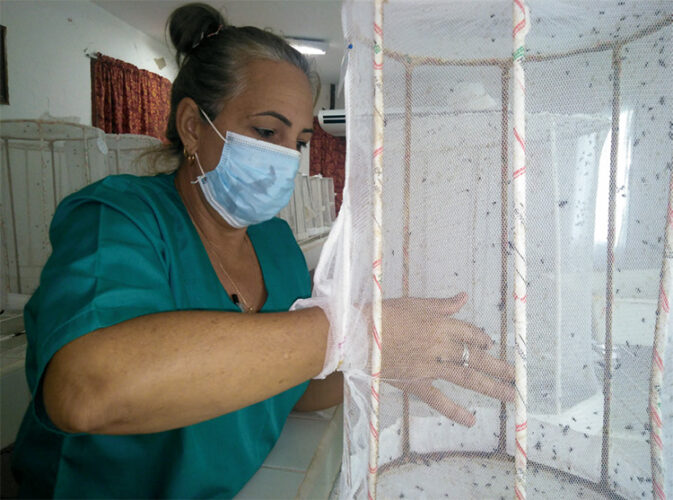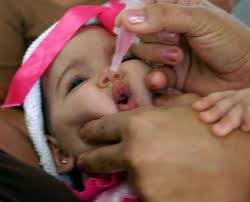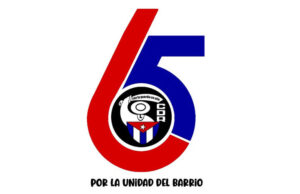Olemys Vega Guillén does not wear a helmet, nor high boots, nor leather gloves. She wears sanitary protective gear to lead the operations of the little sugar mill that the Centre for the Reproduction of Entomophages and Entomopathogens (Cree) has become, belonging to the Ciro Redondo Sugar Agro-industrial Enterprise (EAA), in the central Cuban province of Ciego de Ávila.
The installation seems tiny, but it is not. Its National Vanguard collective, made up of 12 workers, all unionised, is in permanent harvest, according to Yadira Ramos Leiva, general secretary of the union section.
«Our firm commitment is to fulfil our part regarding the 93 measures to save the sugar sector and contribute to food production in the fields of our clients from 19 basic units of cooperative production and the peasant sector, based on the systematic use of biological means given the deficit of pesticides,» highlights Vega Guillén.
The Saved Flies
No one would think of undertaking actions to coexist in an environment teeming with insects, except for the agricultural engineer Olemys and her subordinates, in an installation with a culture of detail and precision even for extracting larvae from inoculated flies.
«Here in 12 cages, the Lixophaga diatraeae Townsend fly is reproduced, a biological control agent of which we released more than 2 million specimens in the cane fields in 2024, achieving 155% of the planned amount, aiming to prevent damage from the borer, a pest that penetrates the stalks and feeds on the strongest plants, whose symptom is known as dead heart,» argues the head of the Cree.
«Incidentally, we surpassed the target last year despite the issues with the raw material for preparing the artificial host diet, based on bran, torula yeast, and honey; we combined alternatives to maintain the four lines of entomophages: the Lixophaga, the Eucelatoria, the Trichogramma, and the Tetrastichus, and the entomopathogen which is the nematode Heterorhabditis bacteriophora, the latter applied in squash, cucumber, maize, and other crops.
«In 2025 we started with stability, until April when we had a high mortality rate of the biological control agents due to interruptions in the electrical service, which is why in the months of June and July we only worked to maintain the breeding stock.»
She emphasises that Danilo Fernández Madrigal, general director of the EAA Ciro Redondo, instructed the transfer of said biological control agents, which require 24 degrees Celsius, to the laboratory of the namesake sugar mill, and thus they managed to stabilise the processes since last August.
«Are there cane losses due to pests? No, because the permissible index is below 1.10% infestation, it is between 0.86 and 0.87 percent.
«Nor do we influence the decline in cane production. We apply the biological control agents as the cane fields are cut, starting one month after the ratoon emerges; before we released 3 million flies every year when there were 22 thousand hectares, today 2 and a half million with 11 thousand, the area to be protected has decreased, although growth is forecast in the main item of our municipality’s economy.»




